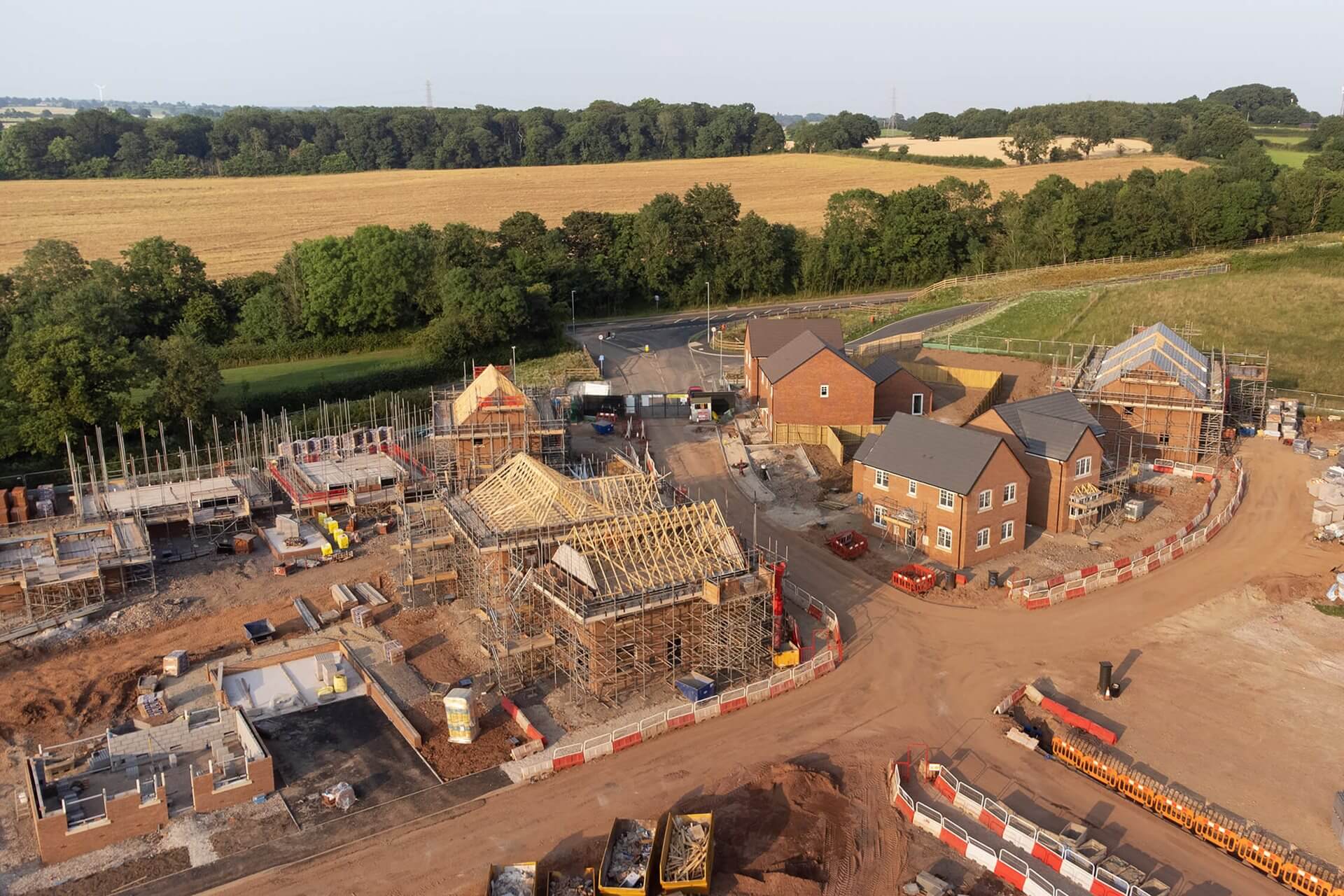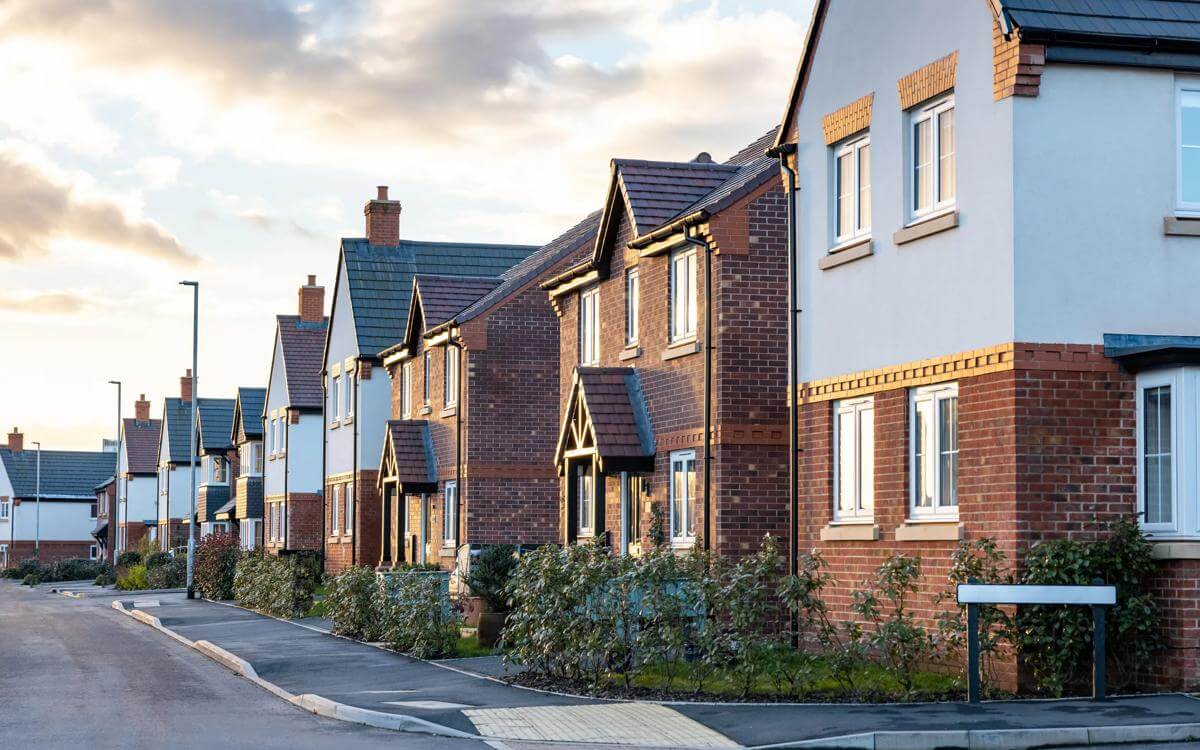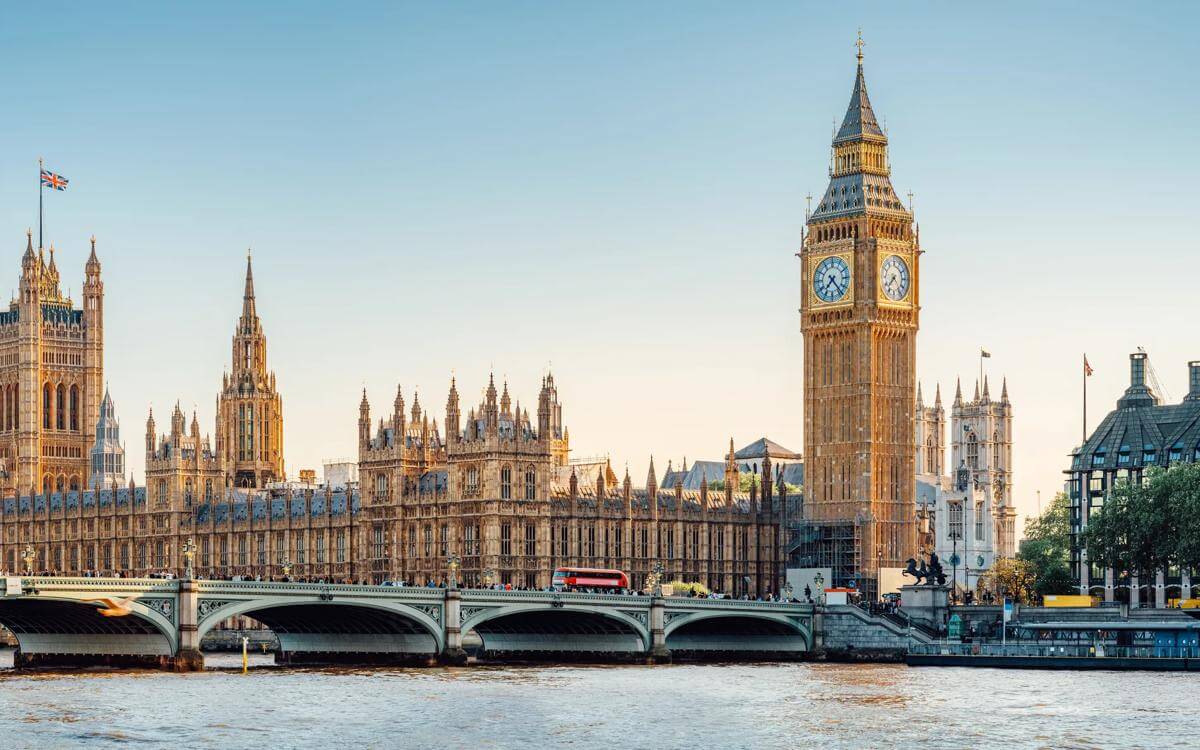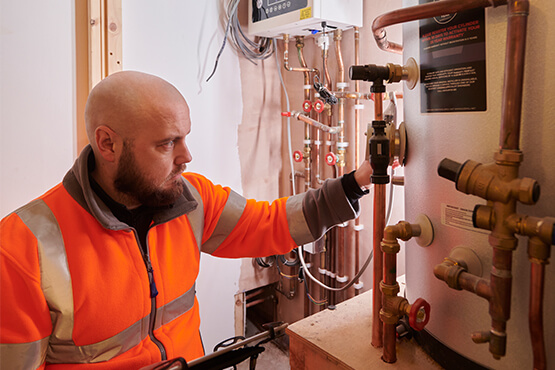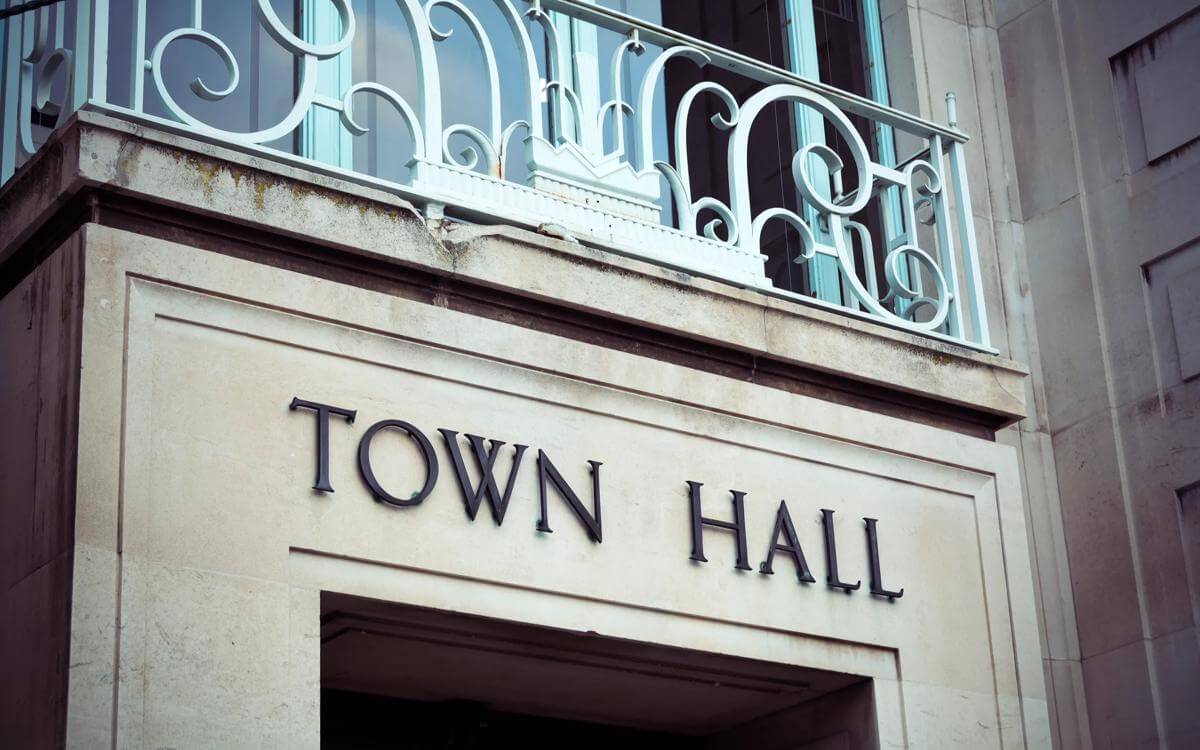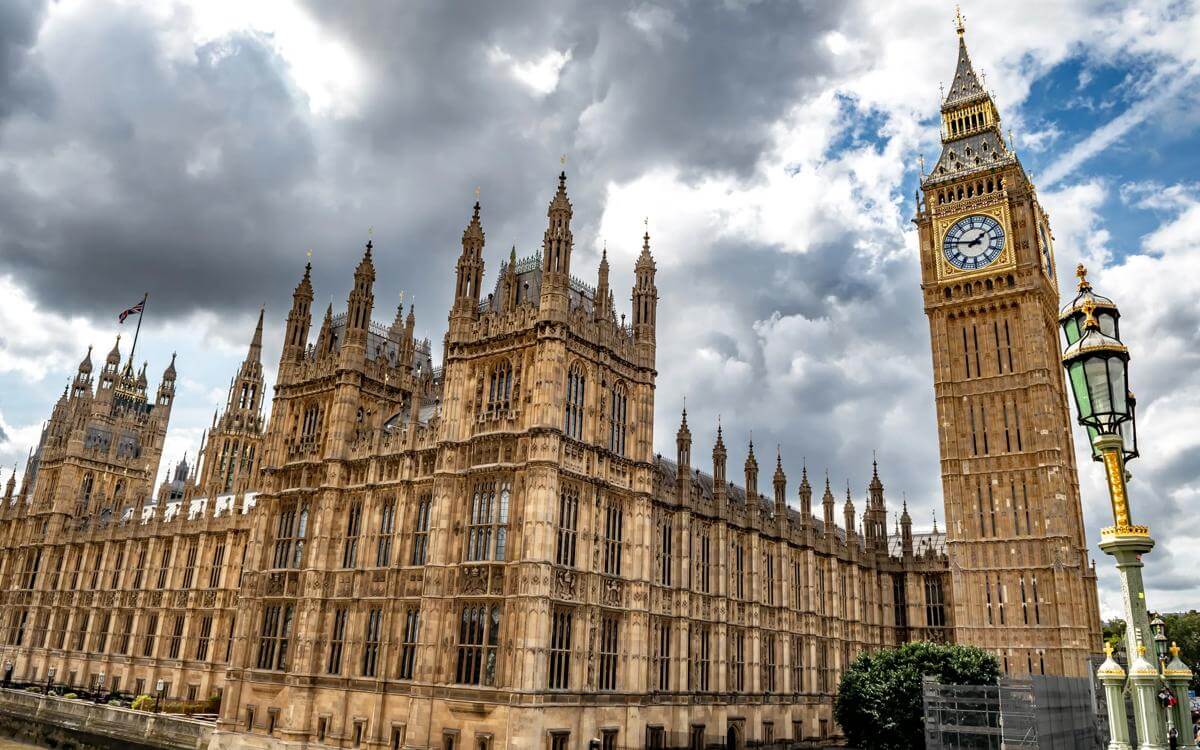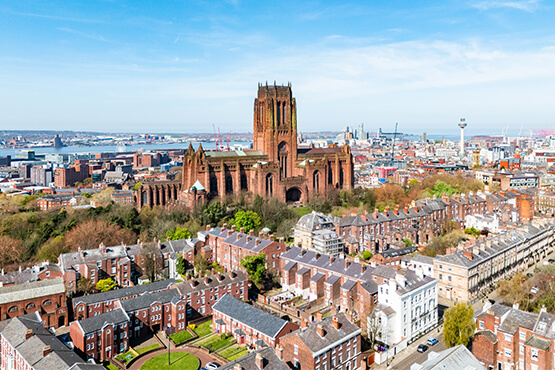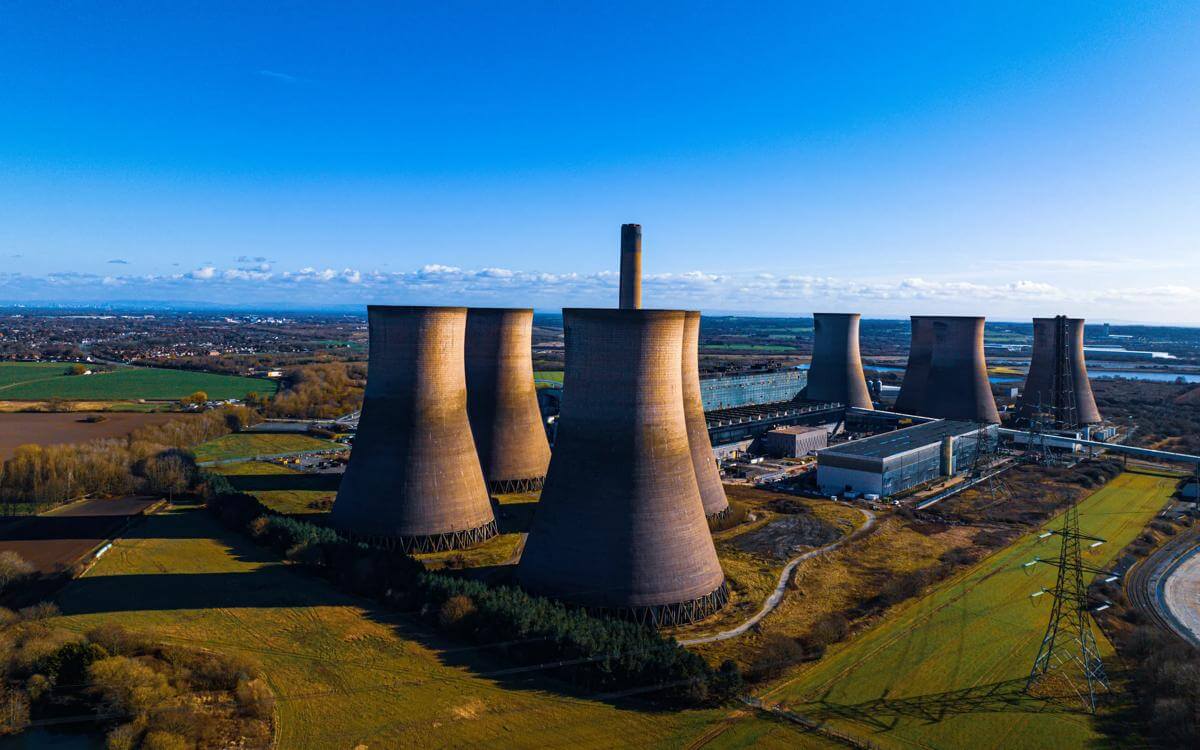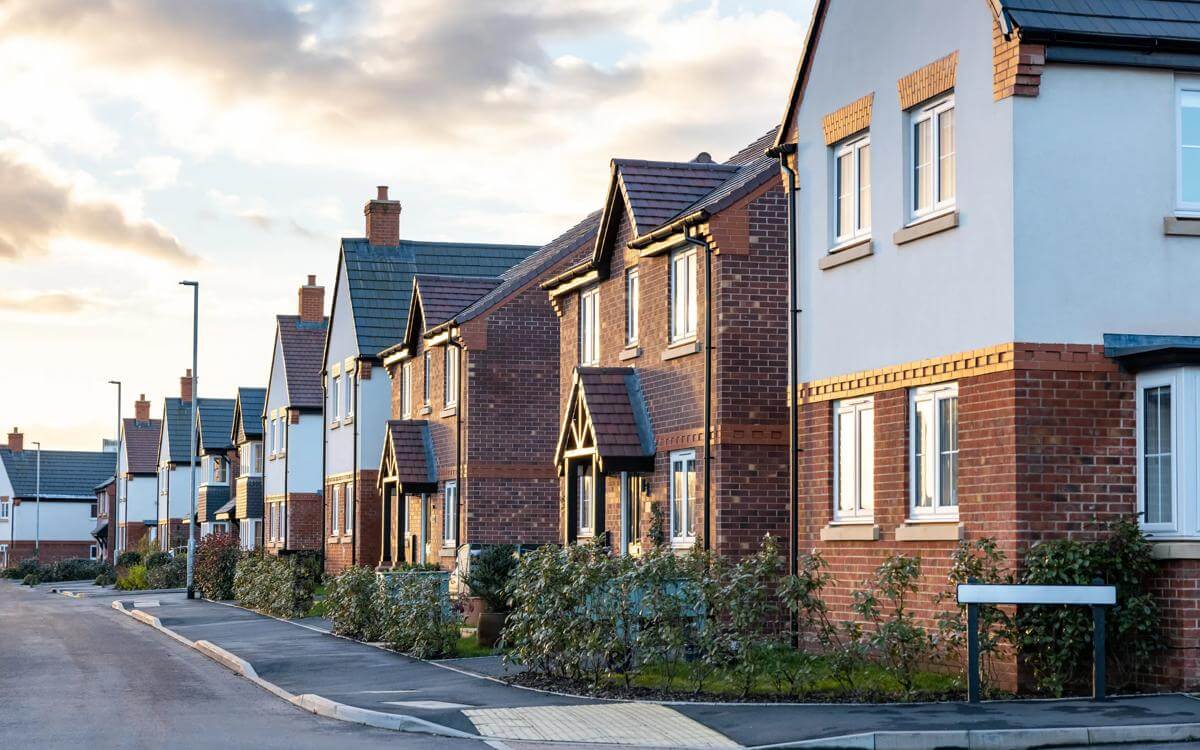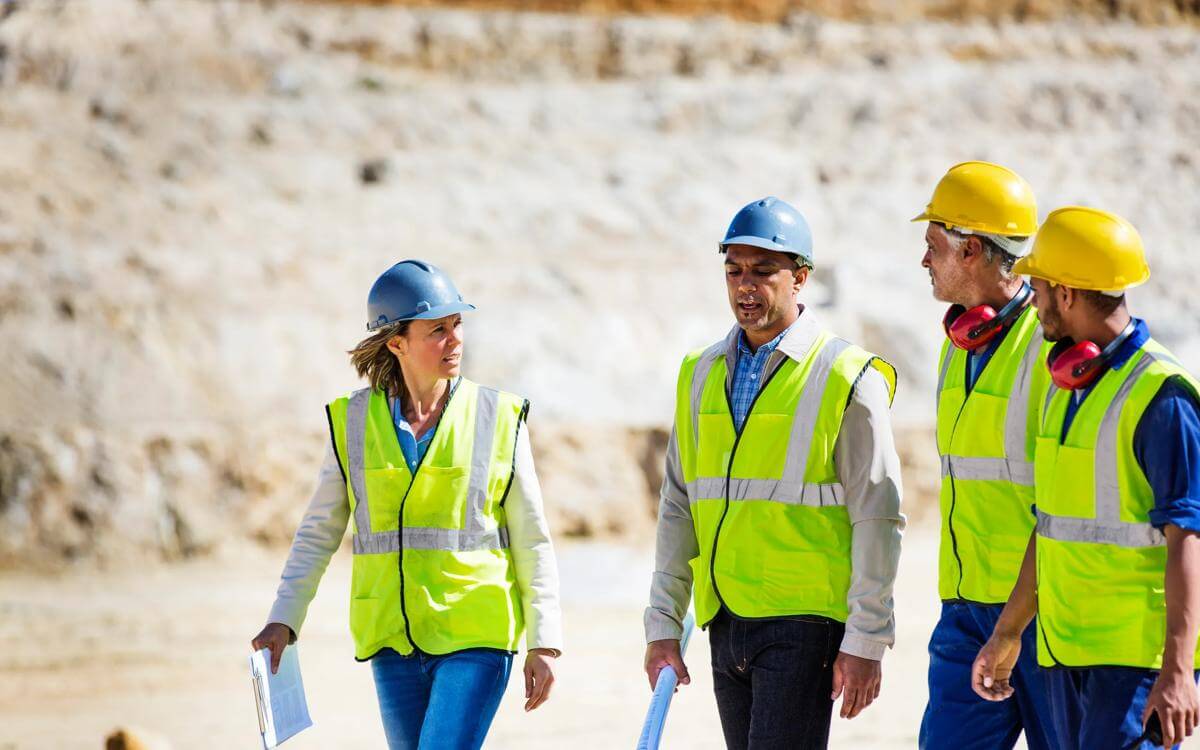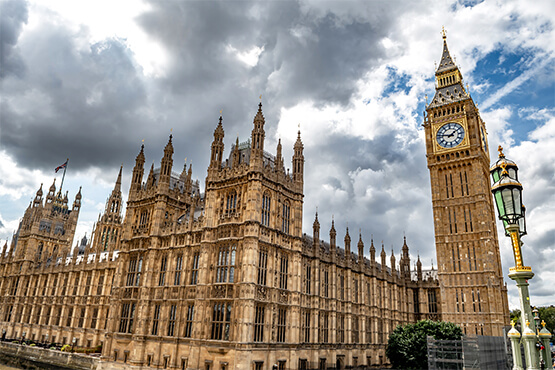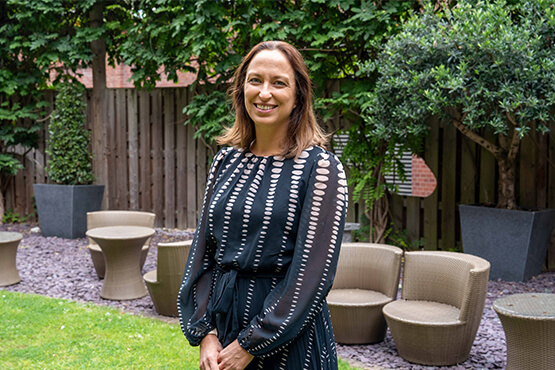The government has set out plans to build its next generation of new towns. Prime Minister Sir Keir Starmer said more than 100 proposals have come forward from across England, with each site having the potential to deliver at least 10,000 homes.
The New Homes Accelerator is part of the government’s Plan for Change, which pledges to build 1.5 million homes over the next five years.
Ben Standing, Partner specialising in planning and environment at Browne Jacobson, said: “Given the scale of new housing we need, it has been refreshing to see the government set out bold plans for delivering on its very ambitious targets during its first few months, but it should be careful in pinning its hopes on building a new generation of new towns, which will come with plenty of associated challenges.
“Any new town that is home to tens of thousands of people will require a raft of new public infrastructure, such as schools, hospitals, roads and public transport networks. Amenities like shops, bars, restaurants and activities will also be crucial ingredients in the wider placemaking exercise if they are to attract people to live, work and spend their leisure time in new towns.
“While the government is aiming to get ahead of any legal hurdles by reforming the National Planning Policy Framework to make it easier to push through major developments, building on green space will likely still attract widespread local opposition. There is also an acute shortage of planning officers in local authorities, which must be addressed to efficiently handle detailed planning proposals within masterplans.
“For this reason, the government would be wise to also consider the merits of strategic and deliberate expansions to existing cities that would benefit from investment and therefore likely welcome new developments.
“In particular, mid-sized core cities like Leeds, Newcastle, Liverpool, Sheffield, Nottingham and Bristol already host public infrastructure that could be upgraded, rather than built from scratch, to accommodate new development. Many of these are surrounded by low-quality green belt space that could be released to greater effect than the huge swathes of land needed for new towns.
“An influx of new people could sustain existing businesses while bolstering the local workforce, helping to retain employers and attract new ones, which in turn drives wealth creation in these communities.
“Various studies by the Centre for Cities, Institute for Public Policy Research and European Commission have consistently illustrated how the majority of those regional cities have lower levels of economic output per person compared to their European counterparts due to a lack of infrastructure, skills and innovation, resulting in a lopsided and unproductive UK economy.
“The new government may have dropped the old term ‘levelling up’, but this is exactly the type of strategy that can achieve this while simultaneously helping it to hit much-needed housebuilding targets.”
Key contact

Kara Shadbolt
Senior PR & Communication Manager
kara.shadbolt@brownejacobson.com
+44 (0)330 045 1111

